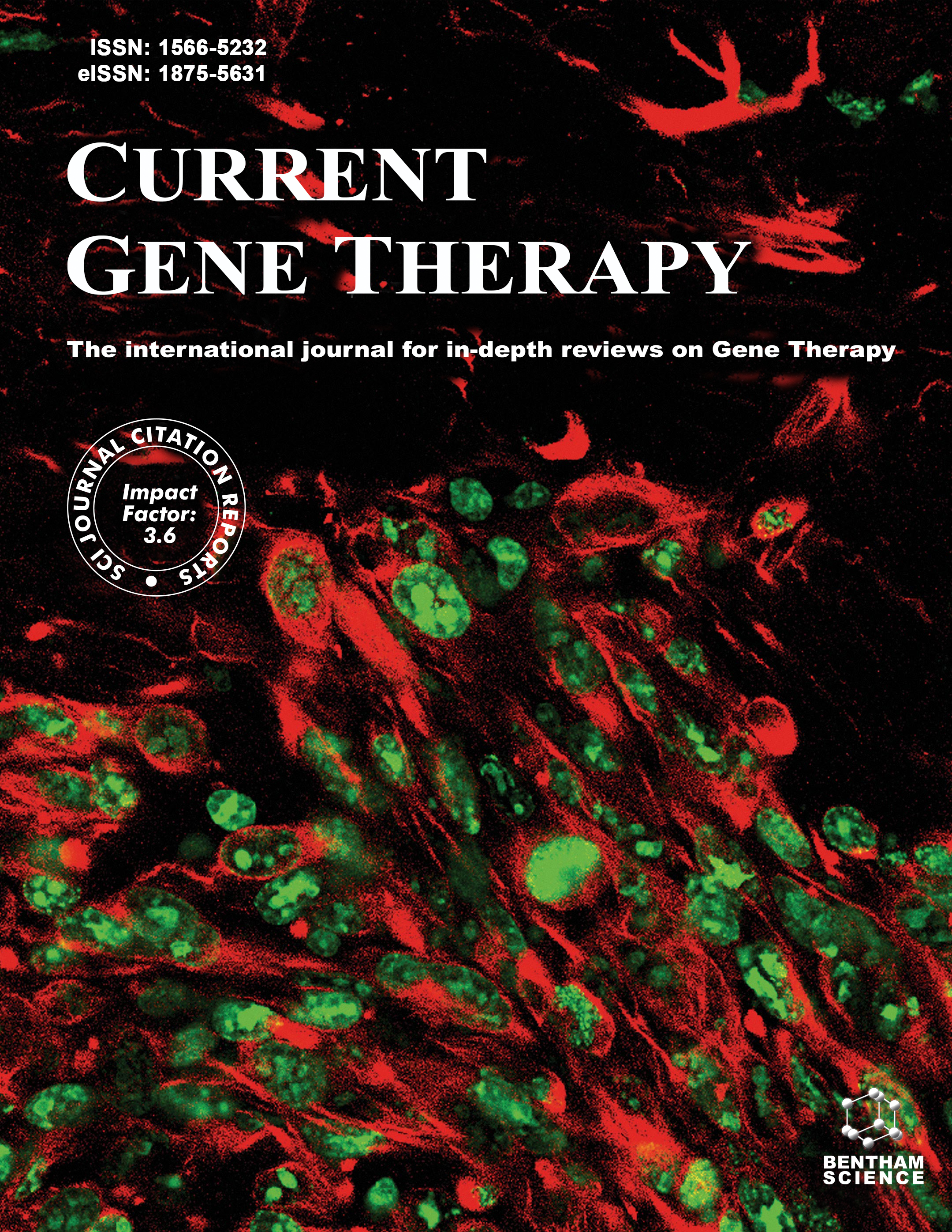
Full text loading...
MicroRNAs (miRNAs) have emerged as a significant tool in the realm of vaccinology, offering novel approaches to vaccine development. This study investigates the potential of miRNAs in the development of advanced vaccines, with an emphasis on how they regulate immune response and control viral replication. We go over the molecular features of miRNAs, such as their capacity to direct post-transcriptional regulation toward mRNAs, hence regulating the expression of genes in diverse tissues and cells. This property is harnessed to develop live attenuated vaccines that are tissue-specific, enhancing safety and immunogenicity. The review highlights recent advancements in using miRNA-targeted vaccines against viruses like influenza, poliovirus, and tick-borne encephalitis virus, demonstrating their attenuated replication in specific tissues while retaining immunogenicity. We also explored the function of miRNAs in the biology of cancer, highlighting their potential to develop cancer vaccines through targeting miRNAs that are overexpressed in tumor cells. The difficulties in developing miRNA vaccines are also covered in this work, including delivery, stability, off-target effects, and the requirement for individualized cancer treatment plans. We wrap off by discussing the potential of miRNA vaccines and highlighting how they will influence the development of vaccination techniques for cancer and infectious diseases in the future.

Article metrics loading...

Full text loading...
References


Data & Media loading...

